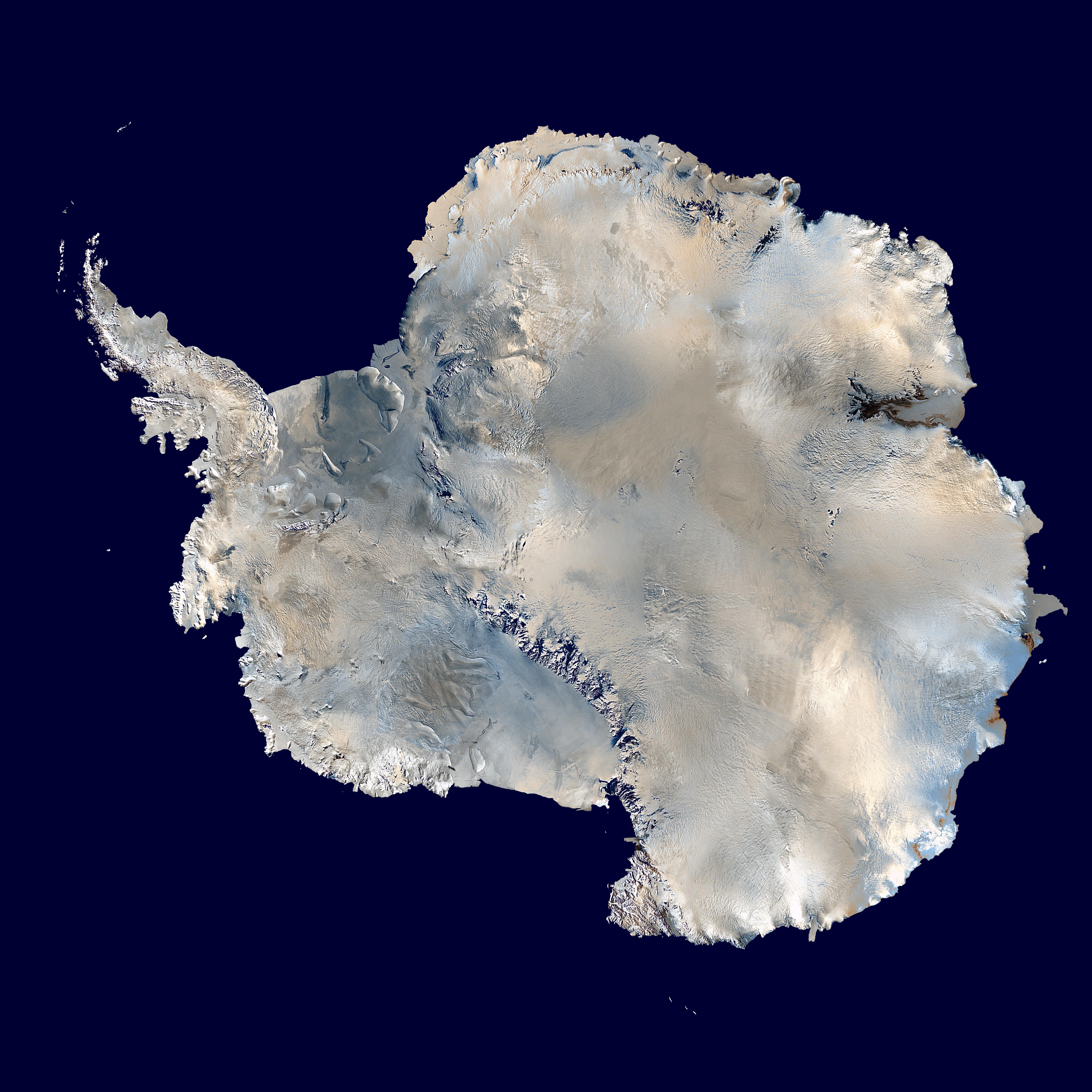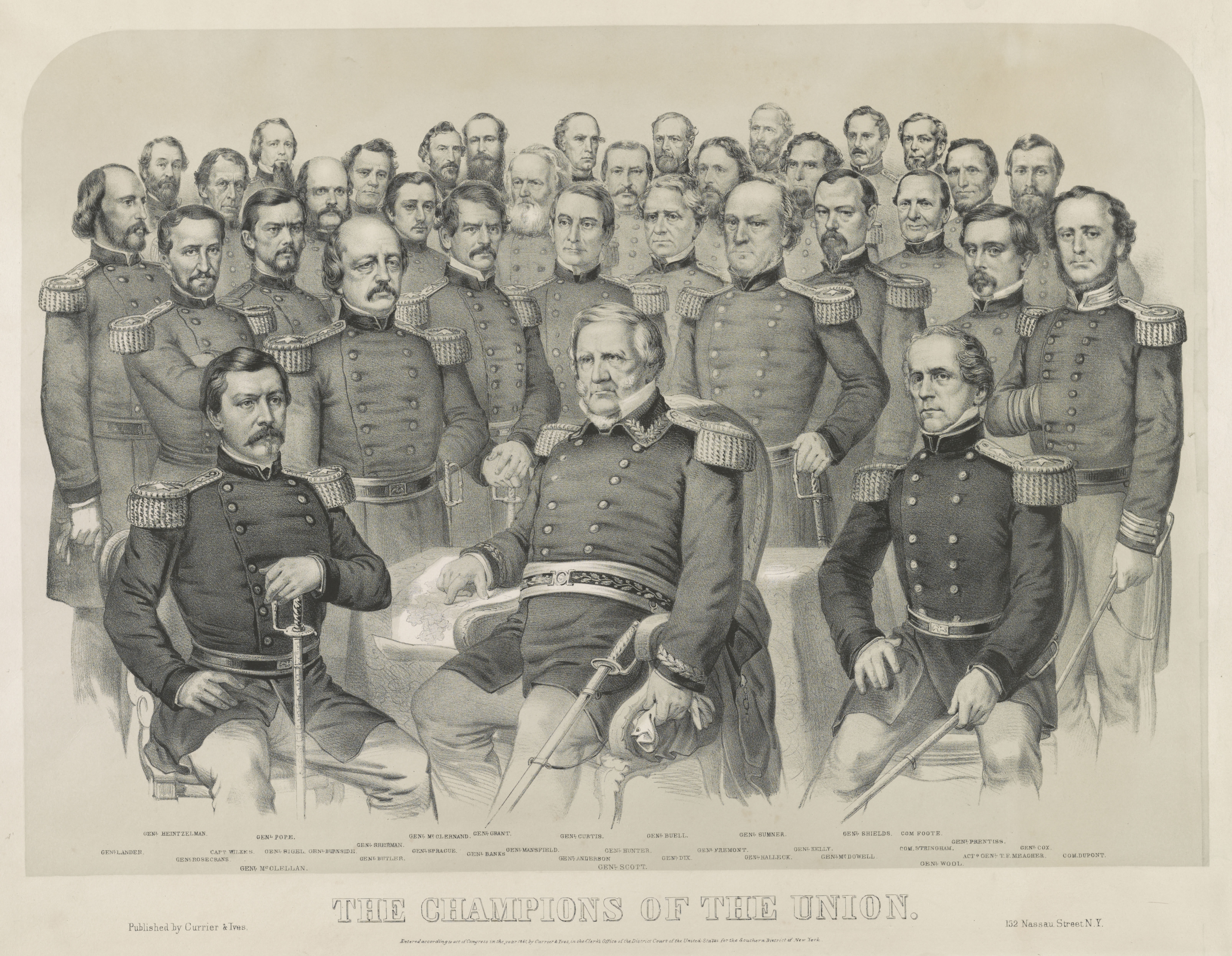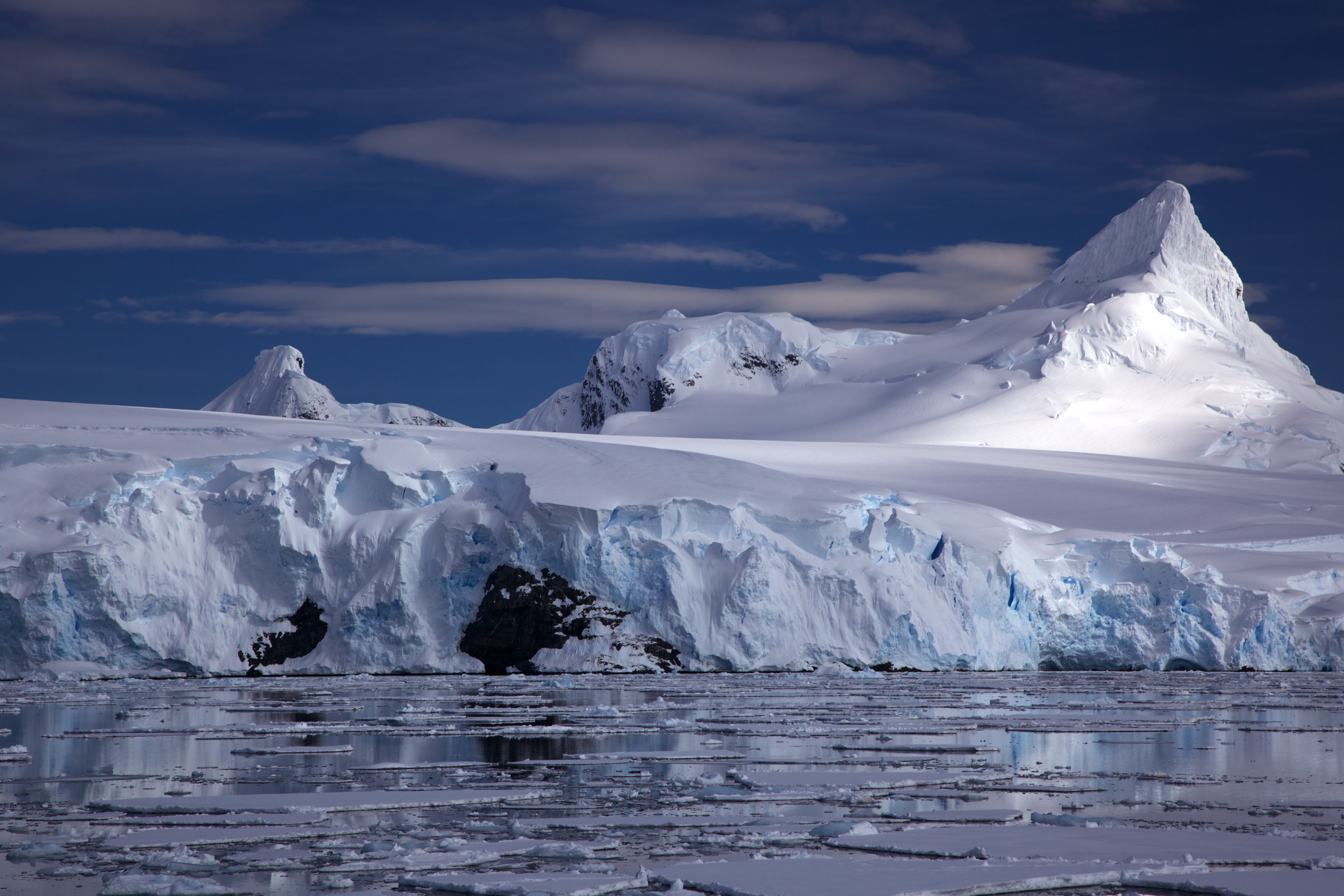|
Bell Glacier (Canada)
Bell Glacier () is a glacier draining northward into Maury Bay immediately eastward of Blair Glacier. It was mapped by G.D. Blodgett (1955) from aerial photographs taken by U.S. Navy Operation Highjump (1946–47), and named by the Advisory Committee on Antarctic Names for Thomas G. Bell, boatswain on the sloop ''Peacock'' during the United States Exploring Expedition (1838–42) under Lieutenant Charles Wilkes. See also * List of glaciers in the Antarctic There are many glaciers in the Antarctic. This set of lists does not include ice sheets, ice caps or ice fields, such as the Antarctic ice sheet, but includes glacial features that are defined by their flow, rather than general bodies of ice. Th ... * Glaciology References * Glaciers of Wilkes Land {{WilkesLand-glacier-stub ... [...More Info...] [...Related Items...] OR: [Wikipedia] [Google] [Baidu] |
Antarctica
Antarctica () is Earth's southernmost and least-populated continent. Situated almost entirely south of the Antarctic Circle and surrounded by the Southern Ocean, it contains the geographic South Pole. Antarctica is the fifth-largest continent, being about 40% larger than Europe, and has an area of . Most of Antarctica is covered by the Antarctic ice sheet, with an average thickness of . Antarctica is, on average, the coldest, driest, and windiest of the continents, and it has the highest average elevation. It is mainly a polar desert, with annual precipitation of over along the coast and far less inland. About 70% of the world's freshwater reserves are frozen in Antarctica, which, if melted, would raise global sea levels by almost . Antarctica holds the record for the lowest measured temperature on Earth, . The coastal regions can reach temperatures over in summer. Native species of animals include mites, nematodes, penguins, seals and tardigrades. Where vegetation o ... [...More Info...] [...Related Items...] OR: [Wikipedia] [Google] [Baidu] |
Wilkes Land
Wilkes Land is a large district of land in eastern Antarctica, formally claimed by Australia as part of the Australian Antarctic Territory, though the validity of this claim has been placed for the period of the operation of the Antarctic Treaty, to which Australia is a signatory. Geography Wilkes Land fronts on the southern Indian Ocean between Queen Mary Coast and Adelie Land, extending from Cape Hordern in 100°31' E to Pourquoi Pas Point, in 136°11' E. The region extends as a sector about 2600 km towards the South Pole, with an estimated land area of 2,600,000 km², mostly glaciated. Subdivisions It is further subdivided in the following coastal areas which can also be thought of as sectors extending to the South Pole: # Knox Land: 100°31' E to 109°16' E # Budd Land: 109°16' E to 115°33' E # Sabrina Land: 115°33' E to 122°05' E # Banzare Land: 122°05' E to 130°10' E # Clarie Land: (Wilkes Coast) 130° ... [...More Info...] [...Related Items...] OR: [Wikipedia] [Google] [Baidu] |
Maury Bay
Maury Bay () is an ice-filled bay indenting the coast of Antarctica just east of Cape Lewis. It was mapped by G.D. Blodgett in 1955 from aerial photographs taken by U.S. Navy Operation Highjump (1946–47), and named by the Advisory Committee on Antarctic Names for William Lewis Maury, lieutenant on the brig during the United States Exploring Expedition (1838–42) under Lieutenant Charles Wilkes Charles Wilkes (April 3, 1798 – February 8, 1877) was an American naval officer, ship's captain, and explorer. He led the United States Exploring Expedition (1838–1842). During the American Civil War (1861–1865), he commanded ' during the .... References Bays of Wilkes Land {{WilkesLand-geo-stub ... [...More Info...] [...Related Items...] OR: [Wikipedia] [Google] [Baidu] |
Glacier
A glacier (; ) is a persistent body of dense ice that is constantly moving under its own weight. A glacier forms where the accumulation of snow exceeds its Ablation#Glaciology, ablation over many years, often Century, centuries. It acquires distinguishing features, such as Crevasse, crevasses and Serac, seracs, as it slowly flows and deforms under stresses induced by its weight. As it moves, it abrades rock and debris from its substrate to create landforms such as cirques, moraines, or fjords. Although a glacier may flow into a body of water, it forms only on land and is distinct from the much thinner sea ice and lake ice that form on the surface of bodies of water. On Earth, 99% of glacial ice is contained within vast ice sheets (also known as "continental glaciers") in the polar regions, but glaciers may be found in mountain ranges on every continent other than the Australian mainland, including Oceania's high-latitude oceanic island countries such as New Zealand. Between lati ... [...More Info...] [...Related Items...] OR: [Wikipedia] [Google] [Baidu] |
Blair Glacier
Blair Glacier () is a glacier draining northward to the western corner of Maury Bay. It was delineated from aerial photographs taken by U.S. Navy Operation Highjump (1946–47), and named by the Advisory Committee on Antarctic Names for James L. Blair, Midshipman on the sloop ''Peacock'' during the United States Exploring Expedition (1838–42) under Lieutenant Charles Wilkes. See also * List of glaciers in the Antarctic There are many glaciers in the Antarctic. This set of lists does not include ice sheets, ice caps or ice fields, such as the Antarctic ice sheet, but includes glacial features that are defined by their flow, rather than general bodies of ice. Th ... * Glaciology References * Glaciers of Wilkes Land {{WilkesLand-glacier-stub ... [...More Info...] [...Related Items...] OR: [Wikipedia] [Google] [Baidu] |
Advisory Committee On Antarctic Names
The Advisory Committee on Antarctic Names (ACAN or US-ACAN) is an advisory committee of the United States Board on Geographic Names responsible for recommending commemorative names for features in Antarctica. History The committee was established in 1943 as the Special Committee on Antarctic Names (SCAN). It became the Advisory Committee on Antarctic Names in 1947. Fred G. Alberts was Secretary of the Committee from 1949 to 1980. By 1959, a structured nomenclature was reached, allowing for further exploration, structured mapping of the region and a unique naming system. A 1990 ACAN gazeeter of Antarctica listed 16,000 names. Description The United States does not recognise territorial boundaries within Antarctica, so ACAN assigns names to features anywhere within the continent, in consultation with other national nomenclature bodies where appropriate, as defined by the Antarctic Treaty System. The research and staff support for the ACAN is provided by the United States Geologi ... [...More Info...] [...Related Items...] OR: [Wikipedia] [Google] [Baidu] |
Thomas G
Thomas may refer to: People * List of people with given name Thomas * Thomas (name) * Thomas (surname) * Saint Thomas (other) * Thomas Aquinas (1225–1274) Italian Dominican friar, philosopher, and Doctor of the Church * Thomas the Apostle * Thomas (bishop of the East Angles) (fl. 640s–650s), medieval Bishop of the East Angles * Thomas (Archdeacon of Barnstaple) (fl. 1203), Archdeacon of Barnstaple * Thomas, Count of Perche (1195–1217), Count of Perche * Thomas (bishop of Finland) (1248), first known Bishop of Finland * Thomas, Earl of Mar (1330–1377), 14th-century Earl, Aberdeen, Scotland Geography Places in the United States * Thomas, Illinois * Thomas, Indiana * Thomas, Oklahoma * Thomas, Oregon * Thomas, South Dakota * Thomas, Virginia * Thomas, Washington * Thomas, West Virginia * Thomas County (other) * Thomas Township (other) Elsewhere * Thomas Glacier (Greenland) Arts, entertainment, and media * ''Thomas'' (Burton novel) 1969 novel ... [...More Info...] [...Related Items...] OR: [Wikipedia] [Google] [Baidu] |
Boatswain
A boatswain ( , ), bo's'n, bos'n, or bosun, also known as a deck boss, or a qualified member of the deck department, is the most senior rate of the deck department and is responsible for the components of a ship's hull. The boatswain supervises the other members of the ship's deck department, and typically is not a watchstander, except on vessels with small crews. Additional duties vary depending upon ship, crew, and circumstances. History The word ''boatswain'' has been in the English language since approximately 1450. It is derived from late Old English ''batswegen'', from ''bat'' (''boat'') concatenated with Old Norse ''sveinn'' ('' swain''), meaning a young man, apprentice, a follower, retainer or servant. Directly translated to modern Norwegian it would be ''båtsvenn'', while the actual crew title in Norwegian is ''båtsmann'' ("''boats-man''"). While the phonetic spelling ''bosun'' is reported as having been observed since 1868, this latter spelling was used in Sha ... [...More Info...] [...Related Items...] OR: [Wikipedia] [Google] [Baidu] |
United States Exploring Expedition
The United States Exploring Expedition of 1838–1842 was an exploring and surveying expedition of the Pacific Ocean and surrounding lands conducted by the United States. The original appointed commanding officer was Commodore Thomas ap Catesby Jones. Funding for the original expedition was requested by President John Quincy Adams in 1828; however, Congress would not implement funding until eight years later. In May 1836, the oceanic exploration voyage was finally authorized by Congress and created by President Andrew Jackson. The expedition is sometimes called the U.S. Ex. Ex. for short, or the Wilkes Expedition in honor of its next appointed commanding officer, United States Navy Lieutenant Charles Wilkes. The expedition was of major importance to the growth of science in the United States, in particular the then-young field of oceanography. During the event, armed conflict between Pacific islanders and the expedition was common and dozens of natives were killed in action, ... [...More Info...] [...Related Items...] OR: [Wikipedia] [Google] [Baidu] |
Charles Wilkes
Charles Wilkes (April 3, 1798 – February 8, 1877) was an American naval officer, ship's captain, and explorer. He led the United States Exploring Expedition (1838–1842). During the American Civil War (1861–1865), he commanded ' during the Trent Affair in which he stopped a Royal Mail ship and removed two Confederate diplomats, which almost led to war between the United States and the United Kingdom. Early life and career Wilkes was born in New York City, on April 3, 1798, as the great nephew of the former Lord Mayor of London John Wilkes. His mother was Mary Seton, who died in 1802 when Charles was just three years old. As a result, Charles was raised by his aunt, Elizabeth Ann Seton, who would later convert to Roman Catholicism and become the first American-born woman canonized a saint by the Catholic Church. When Elizabeth was left widowed with five children, Charles was sent to a boarding school, and later attended Columbia College, which is the present-day Columbia Uni ... [...More Info...] [...Related Items...] OR: [Wikipedia] [Google] [Baidu] |
List Of Glaciers In The Antarctic
There are many glaciers in the Antarctic. This set of lists does not include ice sheets, ice caps or ice fields, such as the Antarctic ice sheet, but includes glacial features that are defined by their flow, rather than general bodies of ice. The lists include outlet glaciers, valley glaciers, cirque glaciers, tidewater glaciers and ice streams. Ice streams are a type of glacier and many of them have "glacier" in their name, e.g. Pine Island Glacier. Ice shelves are listed separately in the List of Antarctic ice shelves. For the purposes of these lists, the Antarctic is defined as any latitude further south than 60° (the continental limit according to the Antarctic Treaty System). List by letters * List of glaciers in the Antarctic: A–H * List of glaciers in the Antarctic: I–Z See also * List of Antarctic and subantarctic islands * List of Antarctic ice rises * List of Antarctic ice shelves * List of Antarctic ice streams * List of glaciers * List of subantar ... [...More Info...] [...Related Items...] OR: [Wikipedia] [Google] [Baidu] |
Glaciology
Glaciology (; ) is the scientific study of glaciers, or more generally ice and natural phenomena that involve ice. Glaciology is an interdisciplinary Earth science that integrates geophysics, geology, physical geography, geomorphology, climatology, meteorology, hydrology, biology, and ecology. The impact of glaciers on people includes the fields of human geography and anthropology. The discoveries of water ice on the Moon, Mars, Europa and Pluto add an extraterrestrial component to the field, which is referred to as "astroglaciology". Overview A glacier is an extended mass of ice formed from snow falling and accumulating over a long period of time; glaciers move very slowly, either descending from high mountains, as in valley glaciers, or moving outward from centers of accumulation, as in continental glaciers. Areas of study within glaciology include glacial history and the reconstruction of past glaciation. A glaciologist is a person who studies glaciers. A glacial geologist ... [...More Info...] [...Related Items...] OR: [Wikipedia] [Google] [Baidu] |


.jpg)


